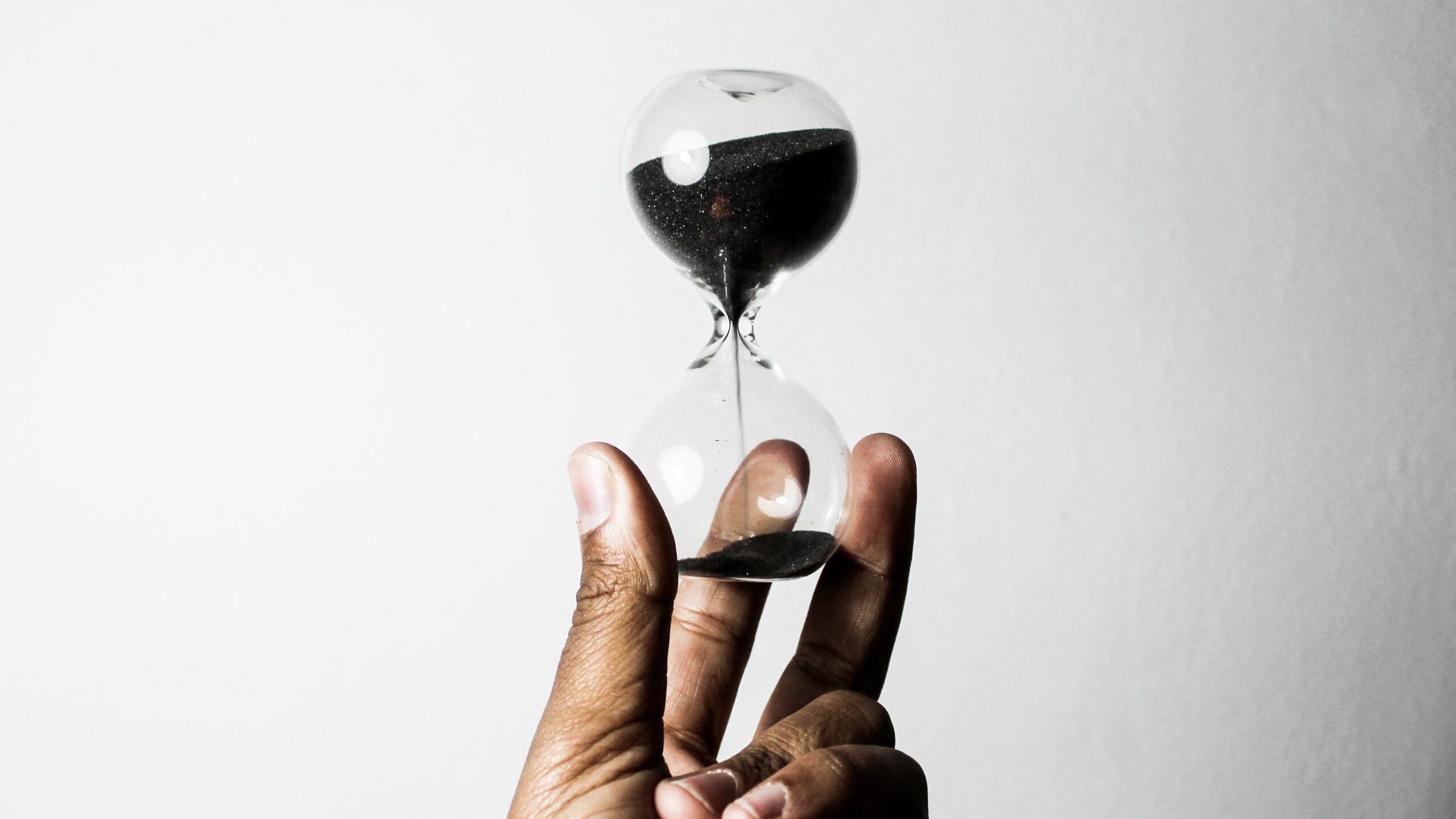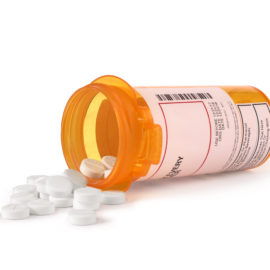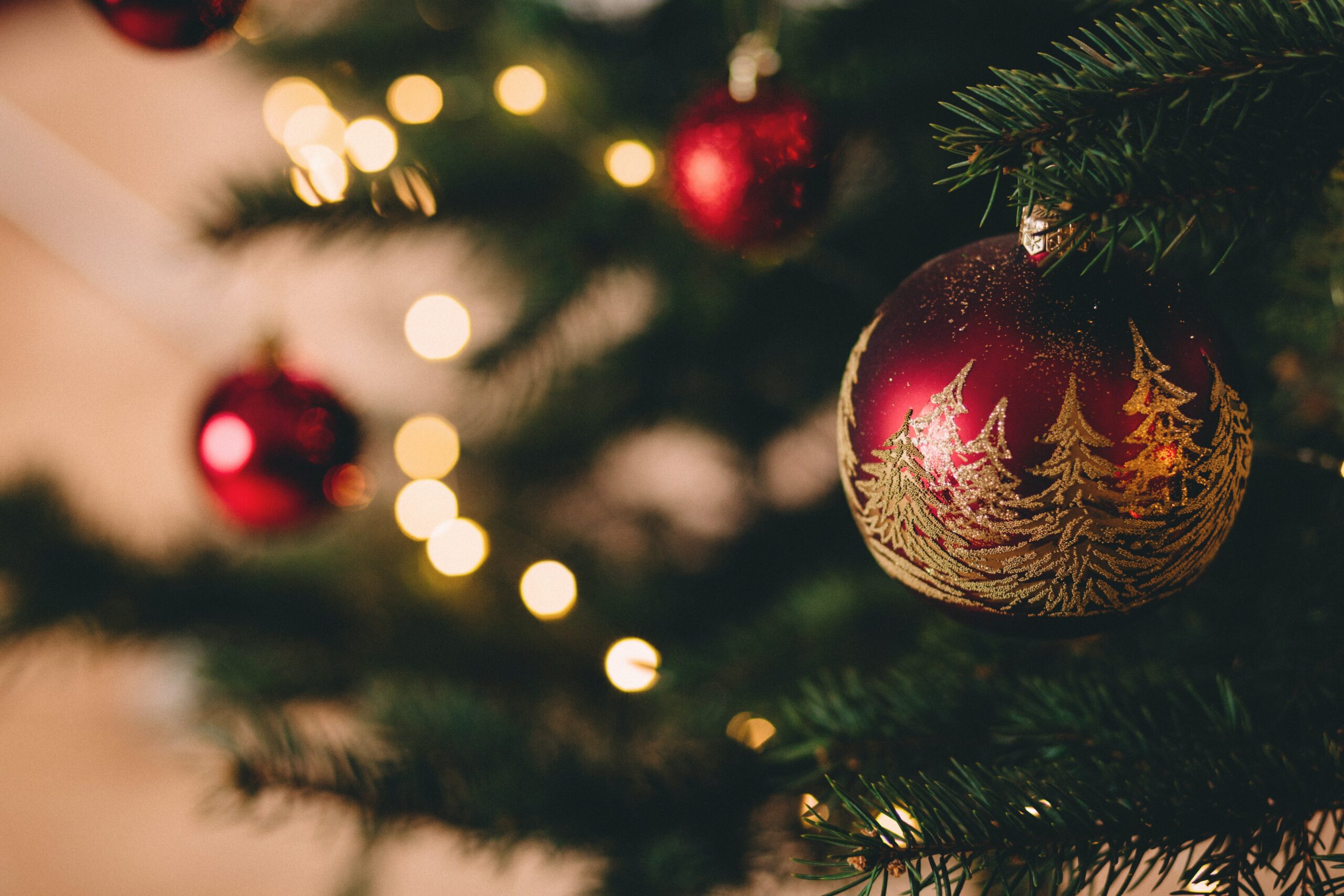Alcoholic face is a non-clinical term for someone with a red face. Our facial appearance often provides insights into our overall health, serving as a kind of reflection of our well-being. With the right knowledge, it can offer clues about a person’s self-care and lifestyle choices. This brief guide to alcoholism face shows you how to determine whether someone may be drinking too much alcohol and how to connect them with professional help.
Alcohol can cause facial bloating and puffiness by dehydrating the body and dilating blood vessels, leading to increased fluid retention. This bloating can be particularly evident in the mornings after heavy drinking.
6 Ways to Spot an Alcoholic Face
If you’re wondering how to spot an alcoholic face, it can be challenging, as facial appearance is not a foolproof indicator of alcoholism. That said, there are some physical signs that may suggest chronic alcohol consumption. Keep in mind that the signs of alcohol face may vary from person to person, and their presence does not necessarily mean that someone is an alcoholic.
What does an alcoholic face look like, then?
- Facial redness: One of the most common signs is facial redness, often referred to as alcohol flush reaction. This can result from dilated blood vessels near the skin’s surface and is more common in some Asian populations. However, not everyone with facial redness is an alcoholic.
- Broken blood vessels: Chronic alcohol use can lead to the development of spider veins or broken blood vessels, especially around the nose and cheeks. These can appear as small, red, or purple lines on the skin. Some refer to this as alcoholic nose.
- Puffy face: Excessive alcohol consumption can cause fluid retention, leading to a puffy or alcohol bloated face. Alcohol face bloat can result from dehydration and inflammation. A swollen alcoholic face is one of the hallmark indicators of someone grappling with alcohol use disorder.
- Paleness or jaundice: Long-term alcohol abuse can damage the liver, leading to conditions like jaundice, which causes yellowing of the skin and eyes. A classic alcoholic appearance involves a pale or sallow complexion.
- Premature aging: Alcohol can accelerate the aging process and lead to the premature development of wrinkles, fine lines, and sagging skin in a drinker’s face.
- Neglected grooming: People struggling with alcoholism may neglect personal hygiene and grooming routines. This can manifest as disheveled hair, unkempt facial hair, or an overall appearance of neglect.
Approach physical signs like face swelling alcoholism with sensitivity and avoid making assumptions. Alcoholism is a complex condition that is influenced by various factors, including genetics, environment, and psychological factors. If you suspect that someone may be struggling with alcoholism and alcoholism face, address the issue with care and encourage them to seek professional help or support from a therapist or support group.

Effects of Alcohol on the Face
Alcoholic face changes may be short-term or long-term, and they can contribute to the appearance often associated with heavy drinking and the face of an alcoholic. Here are some of the effects of alcohol on the face:
Facial redness
Alcohol can cause facial redness, commonly referred to as alcohol flush reaction. This occurs when alcohol dilates blood vessels near the skin’s surface, leading to a flushed or reddened appearance. This reaction is more prevalent in some Asian populations.
Dehydration
Alcohol is a diuretic, meaning that it increases urine production, leading to dehydration. Dehydrated skin can appear dry, dull, and less plump, potentially contributing to premature aging.
Puffy face
Excessive alcohol consumption can lead to fluid retention, causing facial puffiness. This can result from inflammation and changes in electrolyte balance.
Broken blood vessels
Chronic alcohol use can trigger the development of spider veins or broken blood vessels, especially around the nose and cheeks. These can appear as small, red, or purple lines on the skin.
Premature aging
Alcohol accelerates the aging process by depleting essential nutrients and antioxidants from the body. Over time, this can lead to the premature development of wrinkles, fine lines, and sagging skin.
Skin conditions
Alcohol can inflame existing skin conditions like rosacea, eczema, or psoriasis. It can trigger flare-ups and make these conditions more challenging to manage.
Jaundice
Chronic alcohol abuse can damage the liver, leading to conditions like jaundice. Jaundice causes yellowing of the skin and eyes due to a buildup of bilirubin in the bloodstream.
These effects can vary from person to person, and not everyone who consumes alcohol will experience them to the same degree. Additionally, genetics, overall health, and lifestyle factors can influence how alcohol impacts appearance including and alcoholic swollen face. If you or a loved one is grappling with alcohol abuse, seeking help from a healthcare professional or support group is essential for both physical and mental well-being.
Alcoholic Face FAQs
What does a drinkers face look like?
A drinker’s face often refers to facial redness or broken blood vessels caused by chronic alcohol consumption. It may be a common physical sign, but it is not a definitive indicator of alcoholism, as other factors may also contribute to these symptoms.
Is there a way to tell if someone is an alcoholic by looking at them?
While physical signs like a red face can be suggestive, it is not possible to definitively tell if someone is an alcoholic just by looking at them. Alcoholism is a complex condition that involves behavioral and psychological aspects, making it vital to consider a person’s overall behavior and life patterns before jumping to conclusions from looking for alcoholic signs on face.
If I suspect my loved one is an alcoholic, how can I help them?
If you suspect that a loved one is struggling with alcoholism, the best approach is to have a compassionate and non-judgmental conversation with them. Express your concern, offer support, and encourage them to seek professional help or join a support group like AA (Alcoholics Anonymous). Respect their autonomy and readiness to seek help.

Get Effective Treatment for Alcohol Addiction at Gratitude Lodge
Whether you have developed skin issues as a result of alcohol abuse, alcoholic facial bloating, or you require immediate assistance with alcohol detox and ongoing treatment, we can help you at Gratitude Lodge in Southern California.
Our pet-friendly treatment facilities located in Long Beach and Newport Beach, California, offer supervised medical detox programs for those who are dependent on alcohol. Over the course of a week or so, you can withdraw from alcohol safely and comfortably, with access to medications alongside clinical and emotional care.
During ongoing inpatient treatment, you will benefit from treatments that include:
- Psychotherapies
- MAT (medication-assisted treatment)
- Family therapy
- Group therapy
- Individual therapy
- Holistic therapies
- Aftercare
Call 800-994-2184. We can help you from detox to discharge and beyond.




























